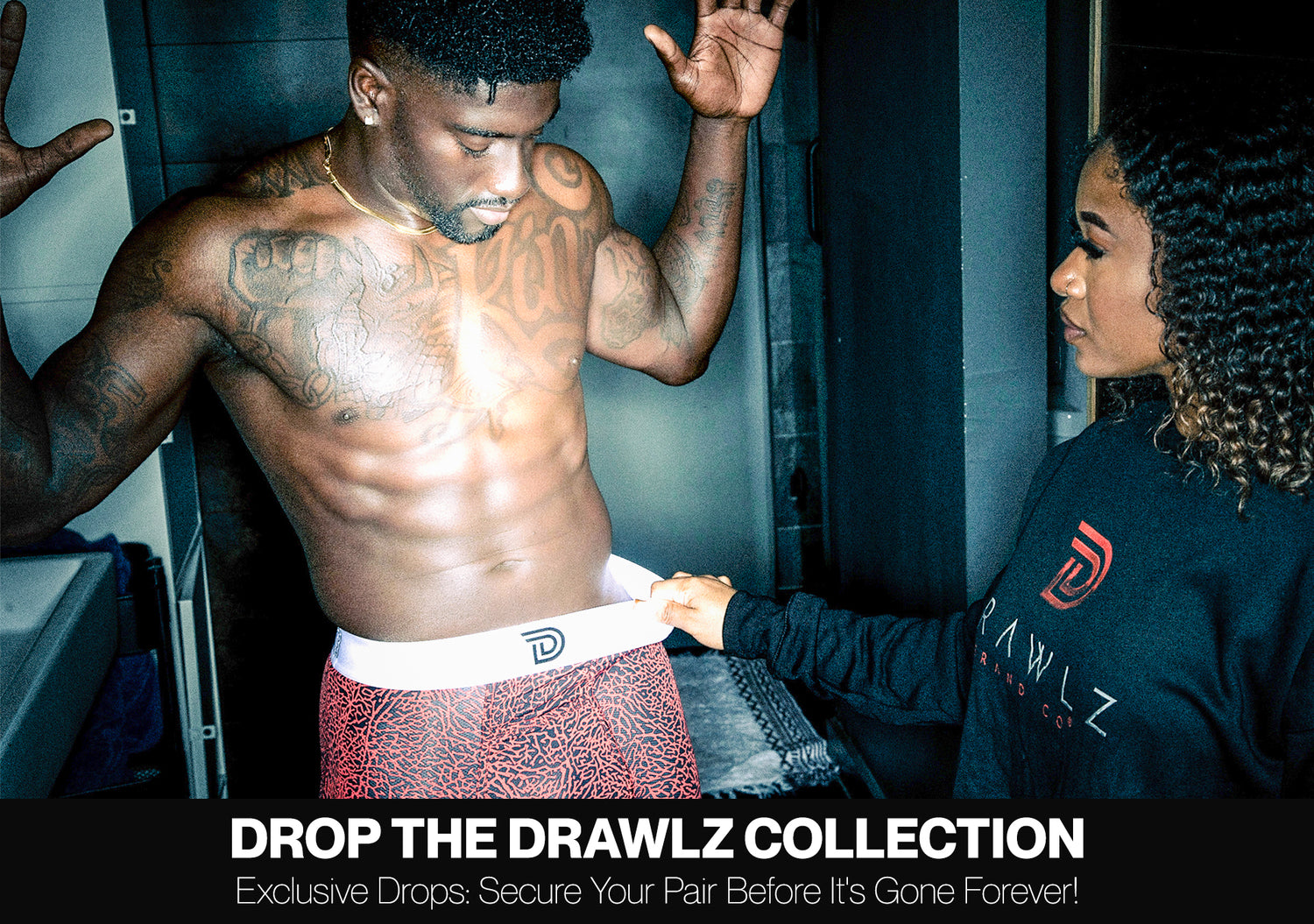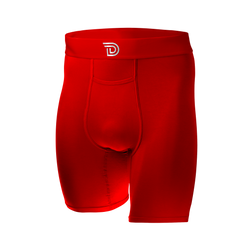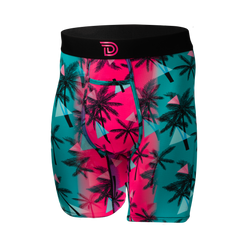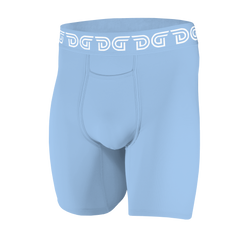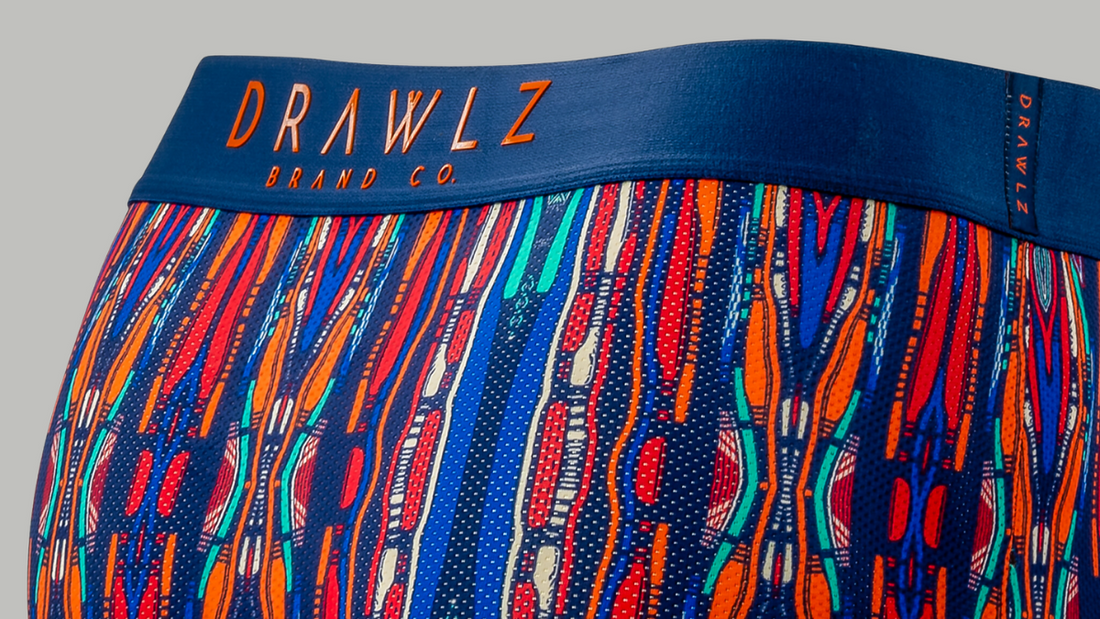
A Man's Guide to Ditching the Dribble
Today we’re gonna talk about something that might make you squirm in your seat a bit that all men deal with at least once in a while – post micturition dribble, otherwise known as PMD. You know, that annoying little dribble that just won’t quit after you’ve finished bleeding the lizard.
Yeah, we’ve all been there — but luckily, there are ways to manage and stop this from happening altogether. In this guide, we’ll go over what PMD is, why it happens, and most importantly, how to kick it to the curb for good.
So, grab a seat (or stand, no judgment), and discover how to delete dribble once and for all.
Understanding PMD: What Is It Exactly?
Simply put, PMD the involuntary leakage of urine in your underwear that can occur after you’ve emptied your bladder. It’s a common occurrence among men of all ages, but fortunately, there are ways to manage it.
Why Does PMD Happen?
We can blame this on the male anatomy. Sometimes, a few drops of warm lemonade gets trapped in a bend in the urethra that escapes after the curtain closes.

Five Ways to Prevent or Stop Dribble
5. Properly Empty Your Bladder
Believe it or not, your technique at the porcelain throne can play a big role in preventing PMD. Make sure you’re fully emptying your bladder by leaning forward slightly while you’re draining the snake and giving a gentle squeeze at the end to get rid of any lingering drops.
4. Using the TP Dab to Combat Dribble
Dabbing — not the dance — your Johnson with toilet paper can help, too. Keep a few squares of TP handy to give your member a quick dab after you drain the main vein. It’s a simple yet effective way to mop up anything that might be leftover and prevent that uncomfortable wet feeling in your Drawlz.
3. Flex Those Pelvic Floor Muscles
Kegels aren’t just for chicks — strengthening your pelvic floor muscles is your best weapon when it comes to preventing PMD. All you gotta do is tighten and hold the muscles you would use to stop the flow of urine for a few seconds, then relax. Repeat this a few times throughout the day to keep those muscles in top shape.
2. Stay Hydrated
While it may seem counterintuitive, staying hydrated can actually help reduce PMD. When you’re adequately hydrated, your urine is less concentrated, making it easier to fully empty your bladder. Just be mindful not to overdo it – aim for 8-10 glasses of water a day.
1. Choose the Right Underwear
Your choice of underwear can also make a difference when it comes to managing PMD. Opt for underwear like Drawlz that provides good support and coverage. The snug yet comfortable fit can help keep everything in place and minimize any dribble mishaps.
Plus, the moisture-wicking properties help to dry any incidences of PMD up as fast as possible so you can return to comfortable confidence in no time.

Latest From Drawlz
Conclusion
The next time you shake the dew off the lily, put these tips into action and say goodbye to dribble for good. Remember, you’re not alone in dealing with this common issue, and there are plenty of practical steps you can take to manage and even eliminate PMD from your life.
Thanks for stopping by, until next time.
Anthony
Founder, Drawlz
FAQs
Is PMD a sign of a more serious medical issue?
In most cases, PMD is harmless and simply a result of anatomy or urinary habits. However, if you experience other urinary symptoms alongside PMD or if it significantly impacts your quality of life, it’s a good idea to consult with a healthcare professional to rule out any underlying medical conditions.
Can certain foods or beverages worsen PMD?
Yes, certain foods and beverages like caffeine, alcohol, and spicy foods can irritate the bladder and exacerbate PMD symptoms. It’s a good idea to pay attention to how your diet affects your urinary habits and make adjustments accordingly.
Are there any medical treatments available for PMD?
In some cases, medications or medical procedures may be recommended to help manage PMD, especially if it’s causing significant discomfort or impacting your daily life. Consulting with a urologist can provide personalized treatment options based on your specific needs.

